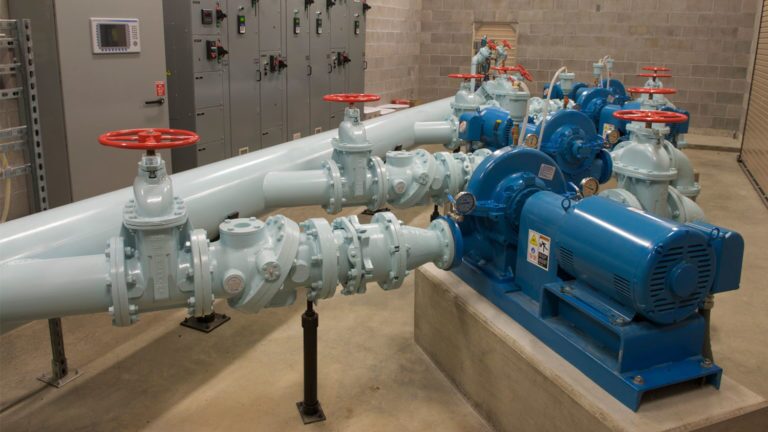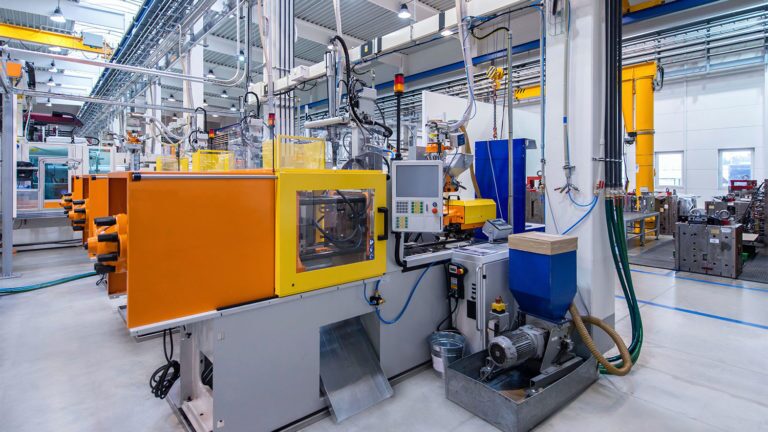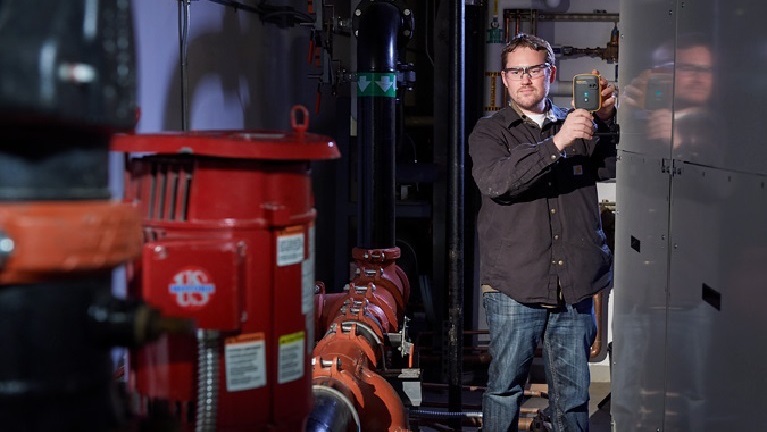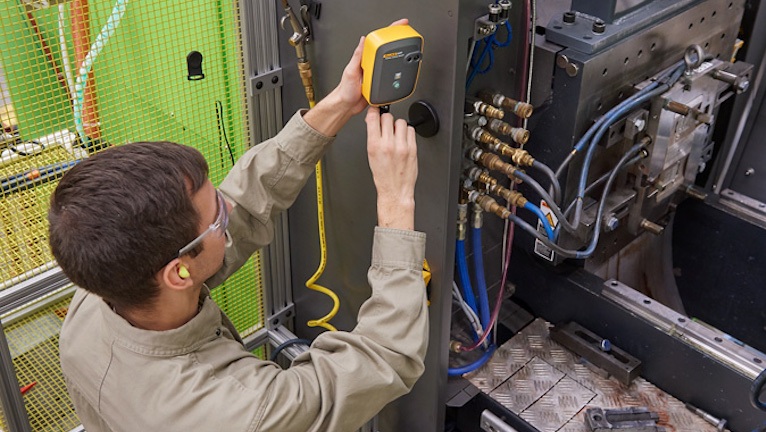How to Detect and Prevent Roller Bearing Failure
It’s just as crucial for roller bearings to stay lubricated as it is for people to stay hydrated. Letting lubrication-related tasks slide can lead to catastrophic roller bearing failure. Furthermore, once the roller bearing is damaged, the condition is likely irreversible. No amount of maintenance, except replacement, can fix the roller bearing.
Roller bearings need lubrication to reduce the metal-to-metal friction between the rolling and sliding contact areas. Wear particles from rolling-contact fatigue (RCF) are often caused by dynamic load on a roller bearing or the pitch line of gears. Lubricating helps remove these particles and contaminants from the rolling contact areas, protect against corrosion, disperse heat from the roller bearing, and increase bearing seal bonds.
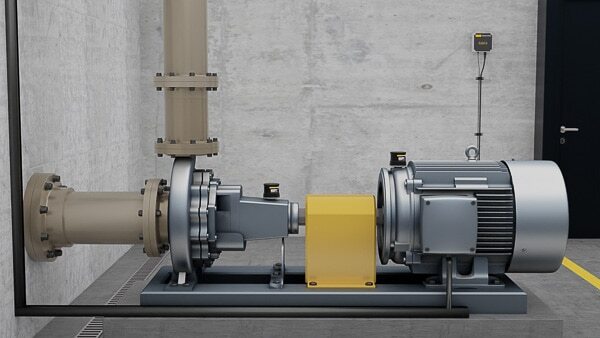
Lubricant particle contamination is one of the main reasons for roller bearing failure. And while a lubricant sample can look clean, it might contain thousands of tiny wear-causing impurities, like metal shards, dirt, dust, sand, and other assorted elements.
Vibration Monitoring for Roller Bearing Failure
Usually, problems appear in the form of vibrations before roller bearing failure occurs. For instance, when a roller bearing race becomes pitted, the bearing rollers will produce a vibration every time they run over the affected area. Vibration sensors can detect that change.
Typically, the recommended action includes using vibration monitoring to detect possible imbalance, misalignment, or another intermittent vibration-related variance. Without being invasive, vibration analysis provides details about what’s going on inside machinery by detecting bearing wear, installation error, and other mechanical problems.
Keeping Particles out of Bearings
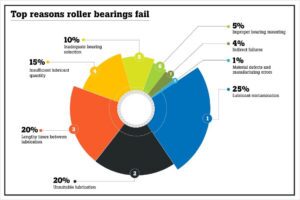
Particles can find their way into lubricants in numerous ways including during lubricant production. The amount of contamination in newly produced oil or grease can vary by as much as a factor of 1,000. Large quantities can contain even higher amounts. Additionally, particles can also be introduced because of: Wear, fatigue, and aging; Imbalance caused by leaks, worn seals, and other breaches; During maintenance or replacement.
Tips to Avoid Particle Oil Contamination:
1. Purchase lubricants from a trusted company; product specifications should be easy to find and clearly stated; standards, such as IEC, ASTM, ISO, or DIN, ought to be up-to-date and visible, depending on the application.
2. Keep lubricants away from heat and other possible sources of contamination, store lubricants indoors, lay drums horizontally, select lubricant usage based on the purchase date, i.e., oldest to newest.
3. Test equipment for imbalance, misalignment, and other conditions; use vibration analysis, thermography, and other proactive maintenance methods to prevent wear and particle debris.
A combination of Fluke Reliability vibration products is the best way to avoid faults. The Fluke 3562 Screening Vibration Sensor system provides accurate, always-on data flow. An all-new, batteryless sensor provides data to cloud-based software.
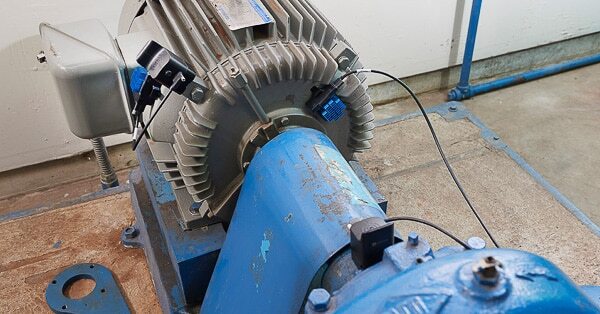
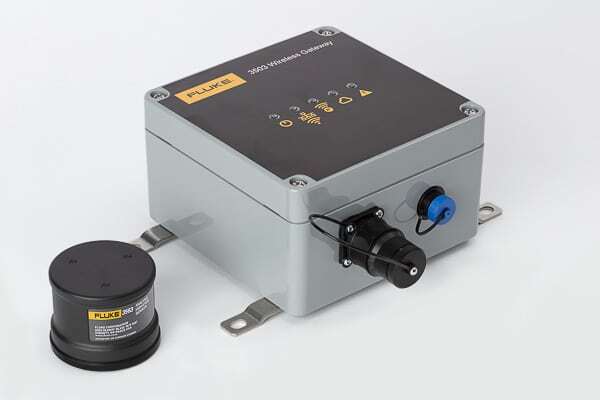
For deeper readings from bearings, the Fluke 3563 Analysis Vibration Sensor system may be the wireless sensor/software package for you. With a more detailed data set being collected, it provides deeper insights using analysis functionality. High-frequency measurements and software analytics give maintenance teams actions to take.
4. Ensure the lubricant is clean. If replacing lubricant, make sure the equipment is also clean.
5. Use a lubricant particle counter for oil analysis. Pruftechnik’s oil particle counter tool, the Wearscanner, lets you catch early damage to gear teeth or roller bearings.
Lubrication – the first line of bearings defense
Roller bearing mechanisms exist in most rotating machinery, and thousands of applications including manufacturing, automotive, marine, and aerospace utilize them. Without lubrication, a roller bearing cannot do its job which is to reduce rotational friction to support radial and axial loads.
Keeping lubrication fluids clear of dirt and other minuscule particles is critical. Route-based maintenance and continuous condition monitoring via remote sensors can also help ward off failure by detecting early any changes in vibration or heat. Give roller bearings the attention they deserve and they’ll have a better chance of reaching life expectancy, saving you time and money.
——
To learn more about how Fluke wireless vibration sensors can help your organization keep track of roller bearing health, please speak with one of our specialists.

